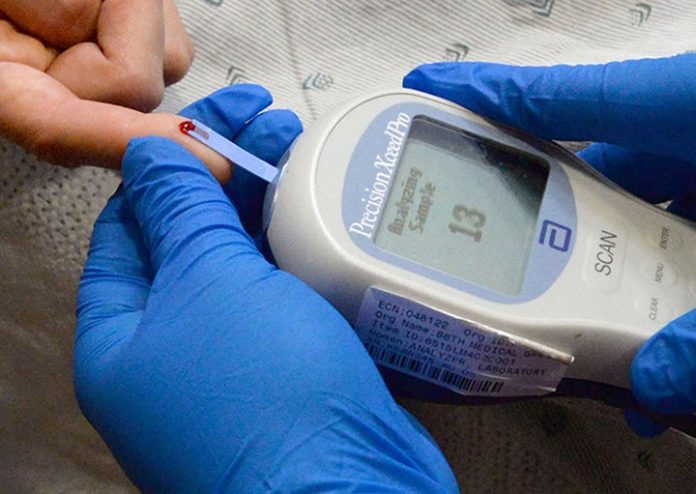It is estimated that 30 percent of the American population suffers from metabolic disease. This condition increases the risk of heart disease, type 2 diabetes and stroke. Even though living a healthy lifestyle can prevent those conditions, it can be difficult to maintain.
A team of researchers at the UC San Diego School of Medicine and Salk Institute found that eating within a 10-hour window can lower blood pressure and cholesterol as well as reduce the risk of diabetes. Satchidanada Panda was one of the researchers in the study. He stated that time-restricted eating patterns can help people manage metabolic syndrome better. It also does not require any calorie counting, which makes it easier to stick to.
The body has it own circadian rhythm. Erratic eating patterns can disrupt the circidian rhythm, which can slow down the metabolism. However, if you eat within a 10-hour window, then you give your body a chance to restore itself. You can also boost your metabolism.
The study involved 19 subjects. There were 13 men and 6 women. All of the subjects ate during a period that was longer than 14 hours. They were also taking at least one medication for high blood pressure or high cholesterol.
All of the subjects were asked to restrict their eating time to 10 hours a day. They were also asked to log their food intake. Eighty-six percent of the subjects logged their food intake correctly.
None of the subjects reported any adverse effects. They also did not skip any meals. The subjects were not asked to reduce their calorie intake. However, some of the subjects did reduce their calorie intake.
The study lasted for three months. The subjects were able to lose an average of three or four percent of their body weight. They were also able to lower their blood sugar, blood pressure and cholesterol. Additionally, the subjects reported sleeping better.
Panda stated that restricting eating times is an easy and cost-effective way to control metabolic syndrome. If we could prevent one million pre-diabetics from becoming diabetic, then this would save nearly $10 billion in healthcare costs per year.









